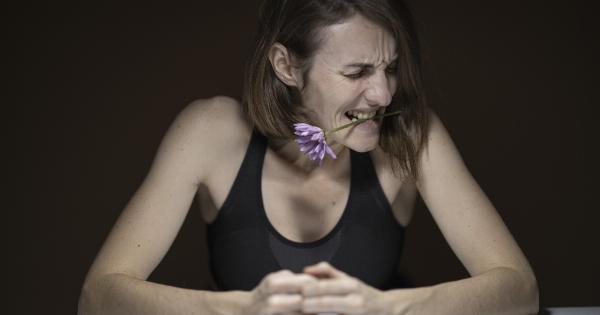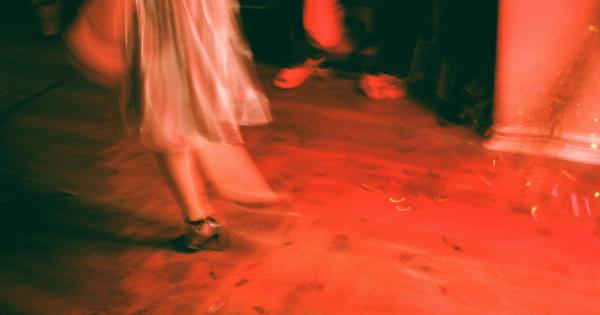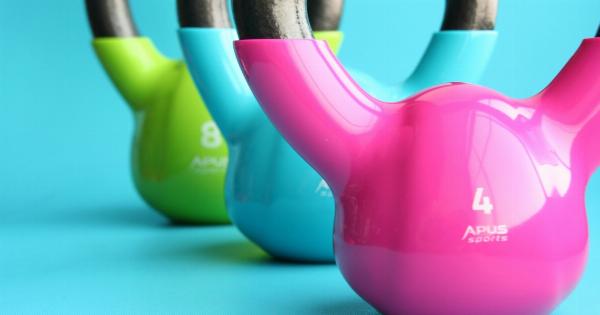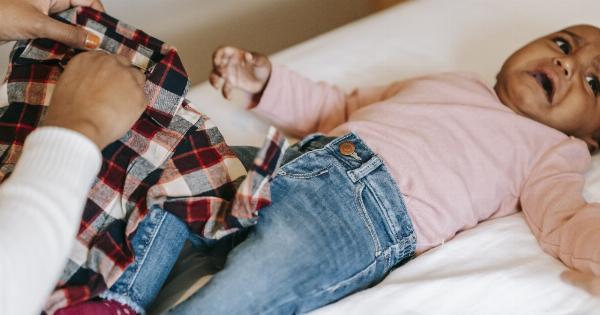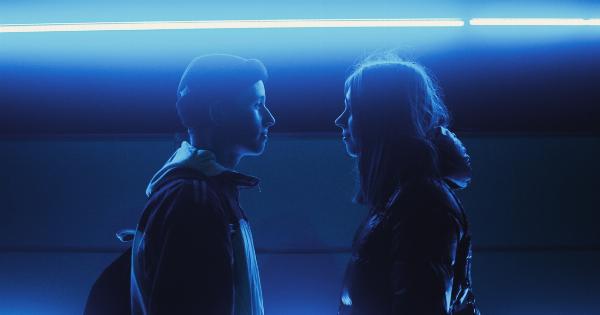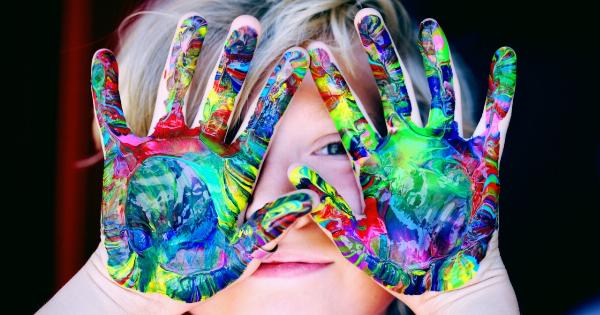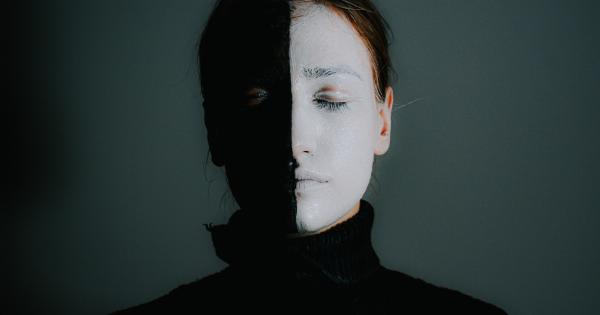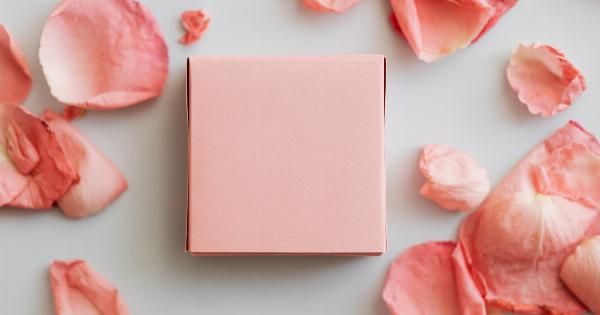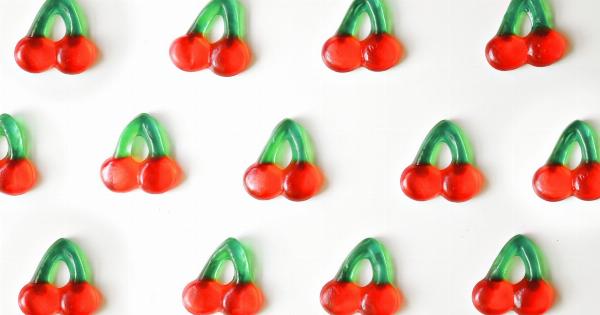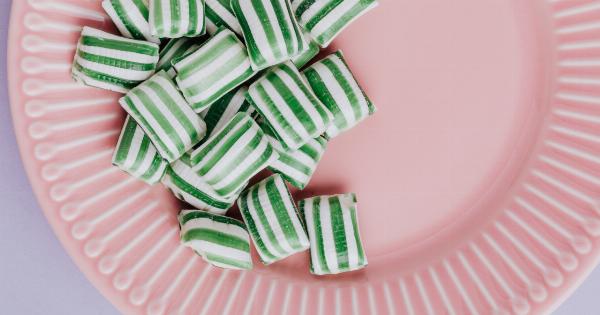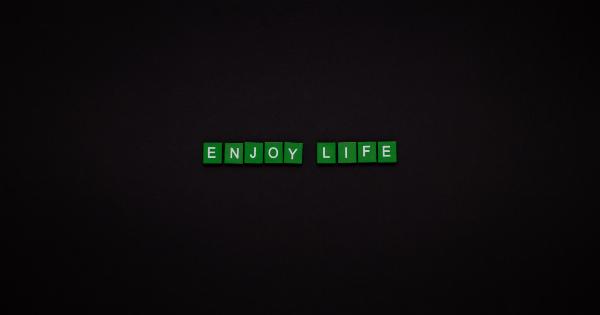Have you ever found yourself staring into your wardrobe, feeling overwhelmed and indecisive about what to wear? We’ve all been there.
But did you know that the colors we choose to wear can have a significant impact on our overall mood and emotional well-being? The psychology of color reveals an intriguing connection between our clothing choices and the way we feel. In this article, we will delve into the fascinating link between our mood and the colors we wear, exploring how our clothing choices can influence our emotions and express our inner selves.
Understanding Color Psychology
Color psychology is the study of how colors impact human behavior, emotions, and perceptions. Different colors hold various symbolic meanings and can evoke distinct emotional responses.
By understanding the psychology behind color, we can gain insights into why certain shades resonate with us on a deeper level and how they can be utilized to influence our mood and mindset.
The Psychological Impact of Color
Colors can elicit a wide range of emotional responses, often tied to our personal experiences and cultural backgrounds. Let’s explore some common colors and their psychological impact:.
1. Red: Energizing and Passionate
Red is a bold and attention-grabbing color associated with power, strength, and passion. It can stimulate excitement, increase heart rate, and evoke feelings of energy and intensity. Wearing red can help boost confidence and express assertiveness.
2. Blue: Calming and Serene
Blue is often associated with tranquility, calmness, and stability. It has a soothing effect on the mind and can promote a sense of relaxation and serenity. Blue is an ideal choice when seeking a feeling of peace and balance.
3. Yellow: Optimistic and Energetic
Yellow is a vibrant and cheerful color that symbolizes sunshine and optimism. It can evoke feelings of happiness, enthusiasm, and energy. Wearing yellow can uplift the mood and inspire positivity.
4. Green: Natural and Harmonious
Green represents nature, harmony, and balance. It is a color associated with growth, renewal, and stability. Green can create a sense of calmness and connection to the environment, making it a great choice for those seeking harmony and relaxation.
5. Purple: Creative and Imaginative
Purple has long been associated with royalty, luxury, and creativity. It stimulates creativity, inspires imagination, and encourages originality. Wearing purple can enhance self-expression and ignite a sense of innovation.
6. Orange: Energizing and Enthusiastic
Orange is a vibrant and warm color associated with excitement, enthusiasm, and creativity. It can energize and invigorate, promoting a sense of enthusiasm and joy. Wearing orange can make a bold statement and boost self-confidence.
7. Pink: Calming and Nurturing
Pink is often associated with femininity, tenderness, and compassion. It has a calming effect and can nurture feelings of love, empathy, and kindness. Wearing pink can evoke a sense of gentleness and compassion towards oneself and others.
8. Black: Powerful and Sophisticated
Black represents power, elegance, and sophistication. It is a color often associated with formality and provides a sense of strength and authority. Wearing black can make a powerful and confident statement, exuding timeless style.
9. White: Pure and Peaceful
White symbolizes purity, innocence, and peace. It is often associated with cleanliness and simplicity. Wearing white can evoke a sense of purity, clarity, and openness.
10. Gray: Neutral and Balance
Gray is a neutral color that represents balance, calmness, and practicality. It provides a sense of stability and can be used to evoke feelings of professionalism and reliability.
Expressing Our Inner Self Through Color
Our clothing choices are more than just fashion statements. They provide us with a unique opportunity to express our individuality and inner selves.
When we choose colors that resonate with our emotions and personal style, we can use clothing as a powerful tool for self-expression.
By deliberately selecting colors that align with our mood, we can enhance and influence our emotional state. If we are feeling low or down, opting for vibrant and energetic colors like yellow or orange can help uplift our spirits.
Conversely, when we desire tranquility or reflection, choosing calming colors like blue or green can create a sense of peace and serenity.
Color can also impact how others perceive us and how we interact with the world around us. The colors we wear can influence how others respond to us and can even affect our own confidence levels.
This is known as the “enclothed cognition” phenomenon, where our cognitive processes are influenced by the clothing we wear.
For example, a person wearing a red outfit may be perceived as more dominant and powerful, while someone in a blue ensemble may be seen as trustworthy and reliable.
By being mindful of the symbolic meanings and psychological impact of each color, we can cultivate a wardrobe that aligns with our goals and desired perceptions.
Conclusion
Our clothing choices offer a unique opportunity to express our inner selves and influence our emotions. The colors we wear can have a profound impact on our mood, mindset, and how others perceive us.
Understanding the psychology of color empowers us to utilize clothing as a tool for self-expression, mood enhancement, and creating desired impressions.
Next time you find yourself standing in front of your wardrobe, take a moment to consider the emotions and message you want to convey.
Choose colors that resonate with your mood and personal style, and let the powerful language of color help shape your day.

